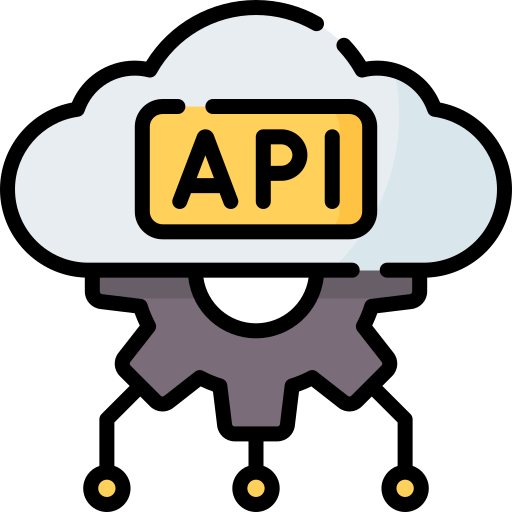In today’s interconnected world, applications need to talk to each other seamlessly. This is where Open APIs come in, acting as the bridge that allows data and functionality to flow freely between different software systems. But what exactly are Open APIs, and what are the advantages and disadvantages of using them?
Open APIs Explained
An Open API, short for Open Application Programming Interface, is essentially a set of rules and specifications that dictates how software can interact with a particular service. Imagine it like a menu at a restaurant, but instead of dishes, it lists the functions and data accessible through the service. Anyone with the know-how can use this “menu” to build applications that interact with the service.
There are two key aspects to Open APIs:
- Standardization: Open APIs typically follow common protocols like REST (Representational State Transfer), making them easy for developers to understand and use, regardless of their programming language.
- Accessibility: The specifications and documentation for Open APIs are publicly available, allowing developers to discover and integrate them into their projects.
The Allure of Open APIs: Advantages
Open APIs offer a multitude of benefits for both businesses and developers:
- Innovation: By opening up their data and functionalities, businesses can foster a vibrant ecosystem of third-party applications that extend the reach and usefulness of their services.
- Efficiency: Developers can leverage existing Open APIs to build new features and functionalities faster, saving time and resources.
- Improved User Experience: Open APIs enable seamless integration between different applications, creating a smoother and more unified user experience.
- Wider Reach: Businesses can tap into a wider user base by making their services accessible through Open APIs.
Considering the Other Side: Potential Drawbacks
While Open APIs offer numerous advantages, there are also some potential drawbacks to consider:
- Security Concerns: Exposing data and functionality through an API can introduce security risks. Businesses need to implement robust security measures to protect sensitive information.
- Maintenance Burden: Maintaining an Open API requires ongoing effort to ensure it remains up-to-date and functions as intended.
- Reliance on External Services: Businesses become reliant on the continued availability and functionality of external APIs they integrate with.
- Complexity: Managing multiple Open APIs can become complex, requiring careful planning and organization.
Seeing Open APIs in Action: Real-World Examples
Open APIs are prevalent across various industries. Here are a few examples:
- Social Media: Platforms like Twitter and Facebook provide Open APIs that allow developers to create applications that integrate social media features.
- Weather Services: Weather services offer Open APIs that allow developers to incorporate real-time weather data into their applications.
- Payment Gateways: Payment gateways like PayPal have Open APIs that enable businesses to integrate secure payment processing into their online stores.
By understanding the potential of Open APIs, along with the considerations, businesses and developers can leverage this technology to create a more interconnected and innovative digital landscape.

